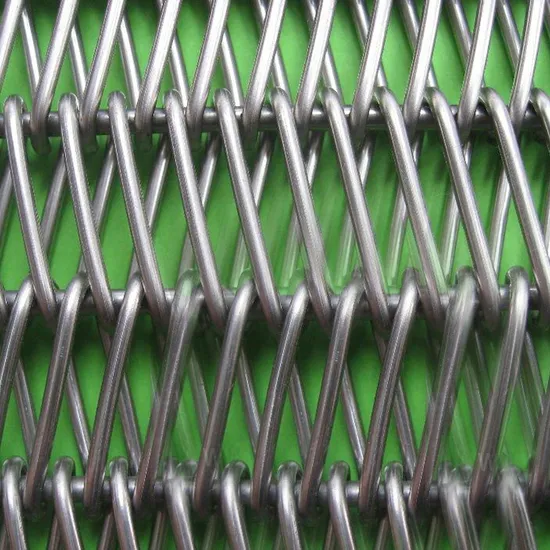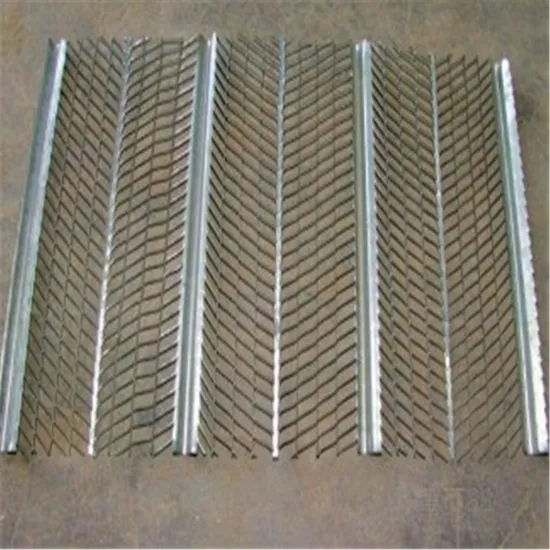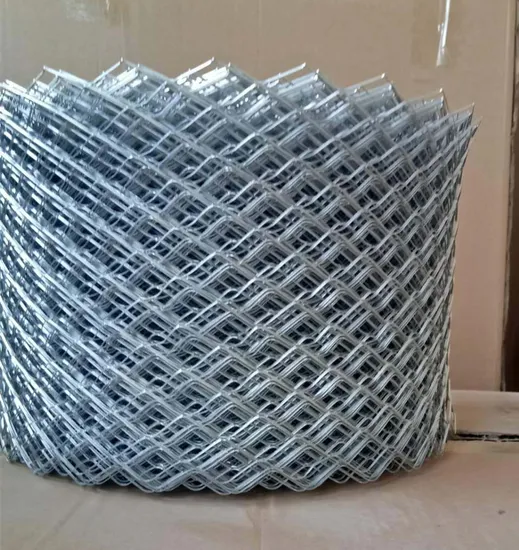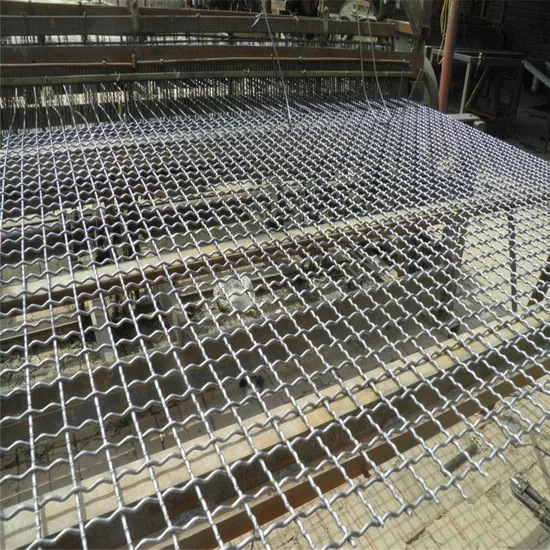1 月 . 14, 2025 15:59 Back to list
Hot Dipped Galvanized Welded Metal Grid Steel Grating Ceiling
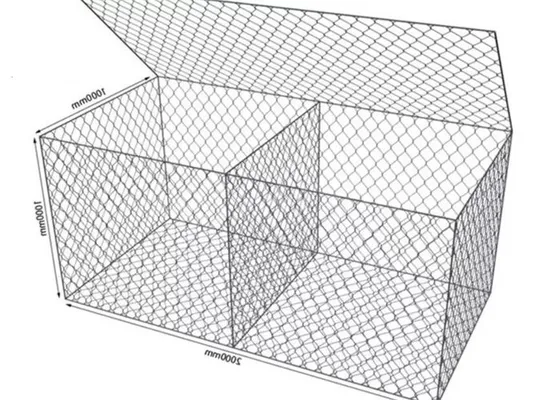

From an engineering perspective, the ease of installation is another compelling feature of bridge grating. Its modular design allows for rapid assembly, reducing the time required for installation and lowering labor costs. Professionals in the construction industry appreciate the straightforward installation process, which doesn't compromise on structural integrity or performance. The sustainability factor is another aspect where bridge grating excels. The materials used in the production of these gratings often come from recycled sources and can be recycled again at the end of their life cycle. This aligns with global efforts toward sustainable construction practices and carbon footprint reduction. The authoritative status of bridge grating in infrastructure can be seen from its widespread adoption in major bridge projects worldwide. Many experts in the field argue that its effectiveness in reducing long-term maintenance costs, combined with its safety features, makes bridge grating a preferred choice for new bridge projects and renovations alike. Trustworthiness and reliability are woven into the fabric of bridge grating solutions, with standards and specifications that meet or exceed industry norms. The rigorous testing and quality control processes ensure these gratings perform under the most demanding conditions, cementing their place as a trusted component in bridge engineering. In summary, bridge grating represents a blend of innovative engineering and practical application, offering significant safety, cost, and environmental benefits. Its integration into bridge design underscores a commitment to developing infrastructures that are not only reliable and safe but also forward-thinking in their sustainability and adaptability.
Latest News
-
High-Quality Plastic Poultry Mesh – Durable, UV-Resistant Chicken Netting for Gardens & Farms
NewsJun.10,2025
-
Galvanised Driveway Grates for Heavy Duty Drainage Durable Storm Drain Grates
NewsJun.10,2025
-
High-Quality Fiberglass Mesh China Durable & Affordable Solutions
NewsMay.30,2025
-
100 Ft Chain Link Fence Prices & Installation Durable Solutions
NewsMay.30,2025
-
Chain Link Fence Cost Per Foot Affordable & Durable Solutions
NewsMay.30,2025
-
Wire Mesh Decorative Cabinet Door Inserts Durable & Stylish Designs
NewsMay.29,2025
Our company owns has excellent CAD steel grating drawing designers, who can provide customers with perfect steel grating layout design and better meet customers' special requirements for products. We have been adhering to it the business tenet of "quality first, customer first", with high-quality products, reasonable prices, and the fastest delivery time, we wholeheartedly provide customers with a full range of services! Welcome new and old customers to cooperate sincerely and create brilliance together!
Contact Us
WELCOME TO OUR COMPANY!
Thank you for your interest in our services! If you have any questions or wousld like to book a service, please don’t hesitate to contact us. Our team is dedicated to providing you with the highest level of service and support, and we are committed to working with you to make your event a success.

Service Email

Service Phone
Product Center
Contact Us
- Phone: +86 +86 15733154345
- E-mail: sales@chengsenchina.com
- Address: B1213 GLOBAL CENTER, NO.226 ZHONGHUA NORTH STREET, SHIJIAHUANG, CHINA





